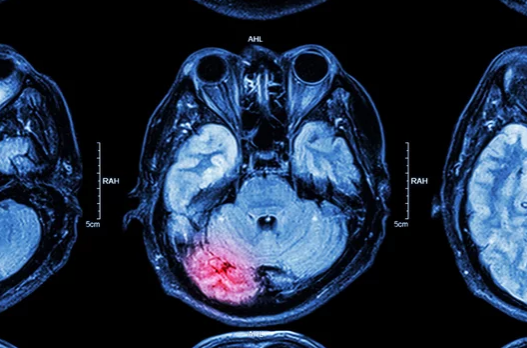Many children feel scared about getting an MRI because the machine is loud, big, and strange. Visual technology is changing this by creating more child-friendly experiences that help reduce fear and anxiety. Using colorful designs, animations, and virtual reality tools, hospitals make MRIs less intimidating and easier for kids to handle.
These technologies help kids focus on something fun instead of the noise and stillness the scan requires. For example, some MRI machines are wrapped in playful themes like treehouses or submarines, while others let children watch movies with special headsets or use virtual reality to understand the process beforehand.
By making MRIs more welcoming, visual tech helps kids stay calm and still during scans, which leads to faster exams and less need for sedation. This approach improves the overall experience for children and their families.
Key Takeways
- Visual tech helps lower anxiety in children during MRI scans.
- Fun themes and VR prepare kids and keep their attention.
- Faster scans and less sedation improve safety and comfort.
How Visual Technology Transforms MRI Experiences for Children
Visual technology changes how children feel during MRI scans by reducing fear and anxiety. It makes the environment less intimidating and helps them focus on something engaging instead of the noisy, confined space. Several methods have been designed to improve comfort, from virtual reality to themed rooms.
Overview of Child Anxiety During MRI Scans
Children often feel scared before and during MRI scans. The machine’s loud noises, tight spaces, and need to stay still can cause stress. This anxiety may lead to movement, making images unclear. It can also require general anesthesia, which carries risks.
Anxiety is more common in children ages 8 to 15. Hospitals report that without preparation or support, many kids become upset or refuse the scan. Reducing fear helps produce better pictures and lowers the need for sedation.
Emergence of Visual Distraction Techniques
To reduce anxiety, hospitals use visual distractions that draw the child’s attention away from the MRI. These techniques create a calming or playful atmosphere. They help children focus on something enjoyable rather than the procedure.
Some tactics include using screens showing cartoons or immersive virtual reality (VR) experiences that simulate the MRI process. VR helps children get used to the scanner in a fun way before the real exam. Mood check-ins also support emotional comfort during scans.
Examples of Visual Technologies in Pediatric MRI
Hospitals have introduced various visual aids to make MRIs less frightening for kids. These include:
- Virtual Reality Simulations: VR headsets show a realistic but friendly MRI setup to prepare children and reduce anxiety.
- Themed MRI Rooms: Some MRI rooms look like pirate ships or adventure spaces, making the environment more playful.
- Interactive Dashboards: Digital tools that track mood and progress encourage children to stay calm.
- Advanced Visual Displays: Some centers use “living pictures” or special projections to create a soothing visual experience during the scan.
These innovations have lowered the need for sedation and made scanning faster and safer for pediatric patients.
Benefits and Impact of Visual Tech in Pediatric MRI
Visual technology is changing how children experience MRI scans by making the process less intimidating and more manageable. It helps reduce anxiety, improves cooperation during scans, and also positively affects how families and medical staff handle the procedure.
Reducing Fear and Stress for Young Patients
Visual tools like virtual reality (VR) help children understand what to expect during an MRI. By simulating the MRI environment, kids become more comfortable with the sounds and sights beforehand. This preparation lowers their fear and anxiety.
Interactive apps and videos serve as distractions during the scan, reducing the feeling of claustrophobia and stress. For many children, this means they can stay calm and still without needing sedation. Nurses often use age-appropriate movie systems or VR experiences to keep kids focused and relaxed.
Improving Scan Quality and Compliance
When children feel less scared, they move less during the scan. This means clearer images with fewer repeated scans. Visual technology reduces the need for sedation or general anesthesia, which can be risky and costly.
Some hospitals use specialized VR apps combined with progressive training techniques. These help children practice staying still, improving their ability to complete the exam successfully. The better cooperation from kids results in faster and more efficient MRI workflows.
Enhancing Family and Clinical Experiences
Families benefit from visual tech because it eases the emotional strain of seeing their child scared. When children are less anxious, parents also feel more at ease during the MRI visit.
Clinicians experience smoother procedures and less need for interventions like sedation. Visual tools support communication between staff and children, helping tailor preparation by age and developmental level. This improves overall patient care and satisfaction.
Also Read :
